
Birthplace of China's rapid impact compaction machine,Inventor: Cao Bin as chief engineer
ricmadeinchina@gmail.com
ricmadeinchina@gmail.com

Birthplace of China's rapid impact compaction machine,Inventor: Cao Bin as chief engineer
ricmadeinchina@gmail.com
Therefore, the soil results are acceptable in case compaction test results are over 100%. However, excessive compaction poses a risk of fracturing granular soils resulting in the reduction of soil strength parameters.
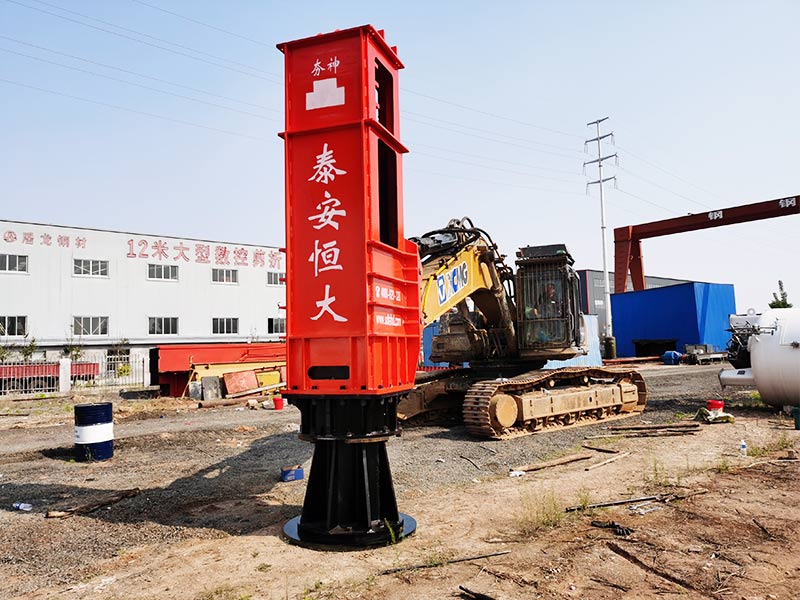
During the compaction of a location, the foot remains into contact with the soil. The impact of the hammer on to the foot initiates the compaction process. The movement of the foot into the ground, the heavy weight of the equipment and high energy transfer is also causing densification. The dense compaction grid ensures that a homogeneous compaction is reached throughout the area. This is caused because the impact locations are also affected by the compaction of nearby points which results in improving the overall performance.
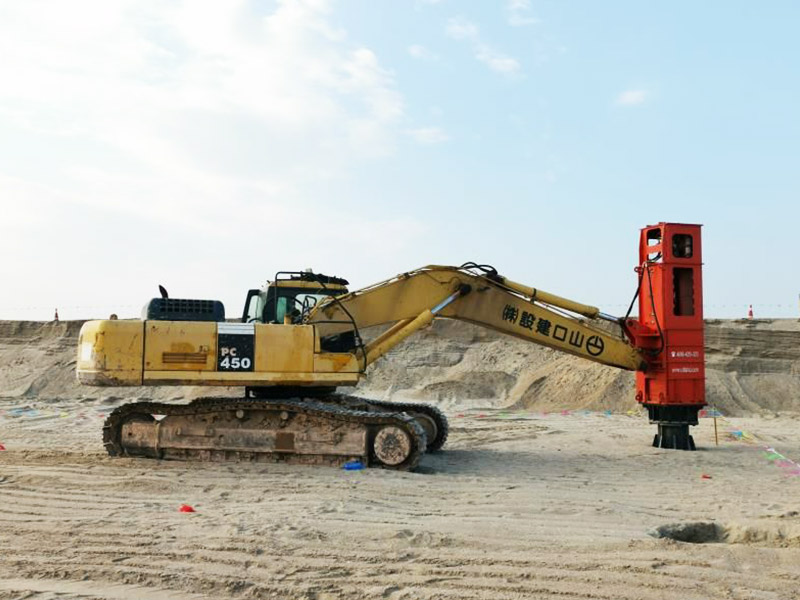
The RIC system uses "controlled impact compaction" of the ground using a 9-ton hammer dropped from height between 0.3 m to 1.2 m onto a 1.5 m diameter steel patent foot delivering about 26,487 to 105,948 Joules of energy per drop. RIC can be used to densify loose soils down to a depth of about 4 m to 6m. RIC consists of an excavatormounted hydraulic pile-driving hammer striking a circular plate (patent foot) that rests on the ground. The tamper typically strikes the plate at a rate of 40 to 60 blows per minute.
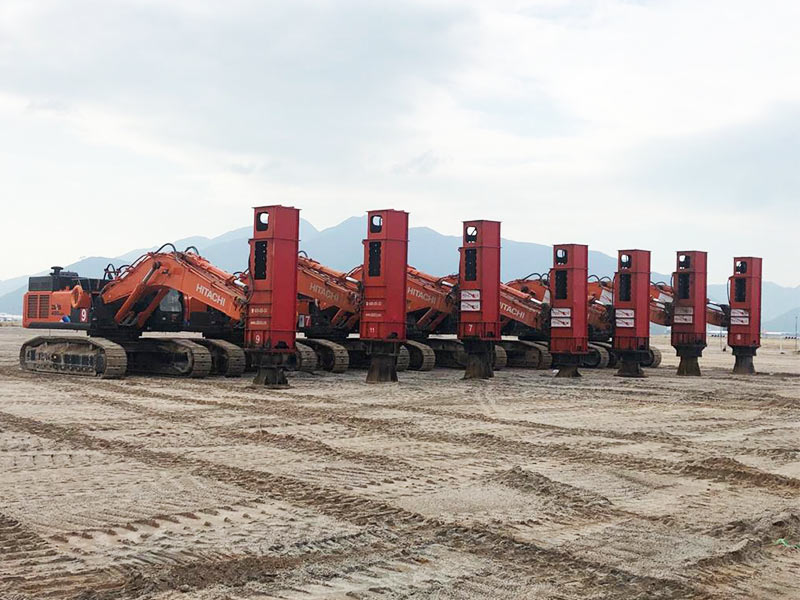
This compaction energy brings the soil particles into a more densely packed structure. The compaction energy is transmitted safely and efficiently as the compaction foot remains in contact with the ground. No flying debris occurs during the compaction process. The hammering of the foot by the impact weight is the reason of the sub-soil compaction. Indeed, the huge amount of energy developed upon the hammering process and transmitted to the ground through the foot, pushes the backfilling material into a denser structure.
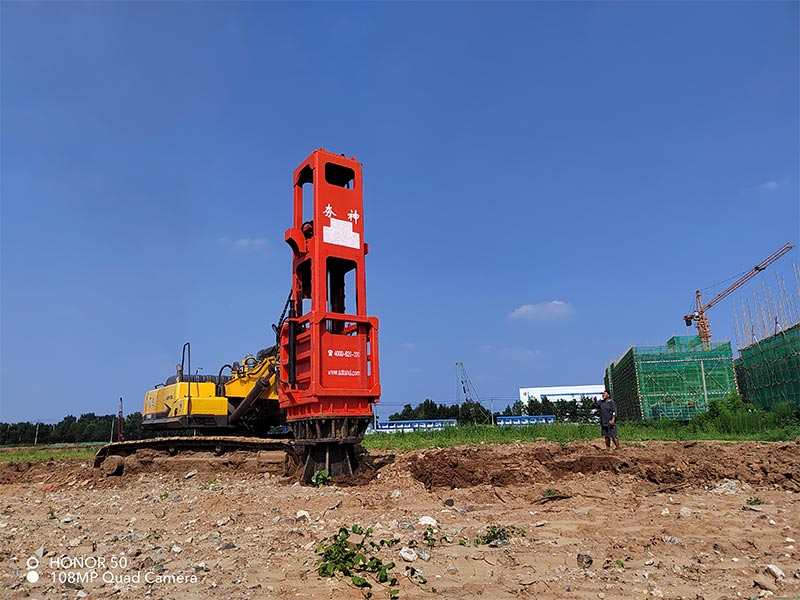
The selection of the compaction method (DC or RIC) and plant type for a particular project, will depend on ground and groundwater conditions, and requirements for design and execution. Each system has merits and limitations. It is important that these are understood and considered in the design and application of DC/RIC on a particular site and in the context of the prevailing ground conditions. Indeed, it may be necessary for more than one technique to be employed at a particular site to gain maximum benefit.
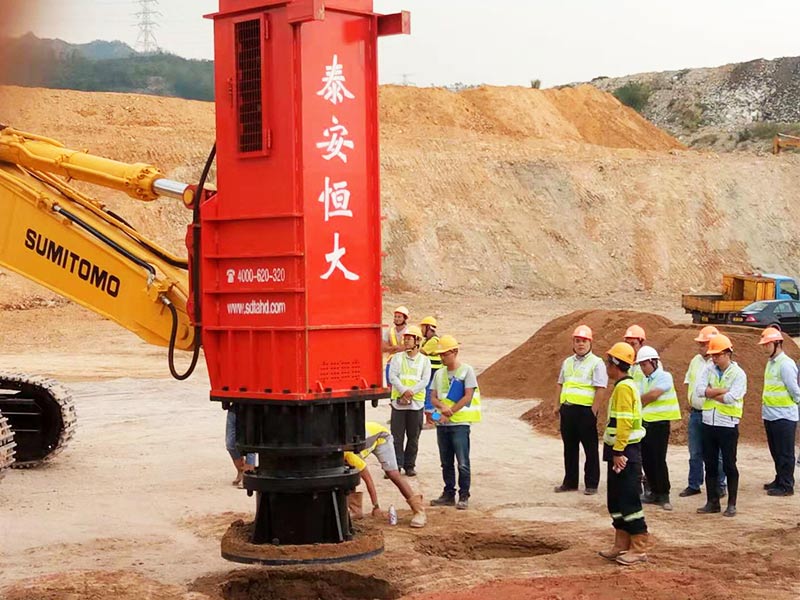
With RIC the total energy input will have a major influence on the depth of compaction. With the rapid impact compactor the energy per blow is very much smaller than conventional DC and the fixed energy per blow of typically 8.4 t.m is not the major influence on the depth of compaction due to the progressive top down improvement of the treated ground. Of much greater significance to the effective depth of compaction is the number of blows at a compaction point or the energy applied overall to the ground surface. For typical impact spacing, 35 blows will impart about 170 tonne.m/m2 of energy. This level of energy input has produced significant compaction to depths between 3 and 4 m in non-engineered generally granular fill and up to about 3 m in natural sand and silty soils using a 7 t hammer.

Address: Tai'an, Shandong, China

Taian Hengda Machinery Co., Ltd
National government certification:鲁ICP备18050468号-9
